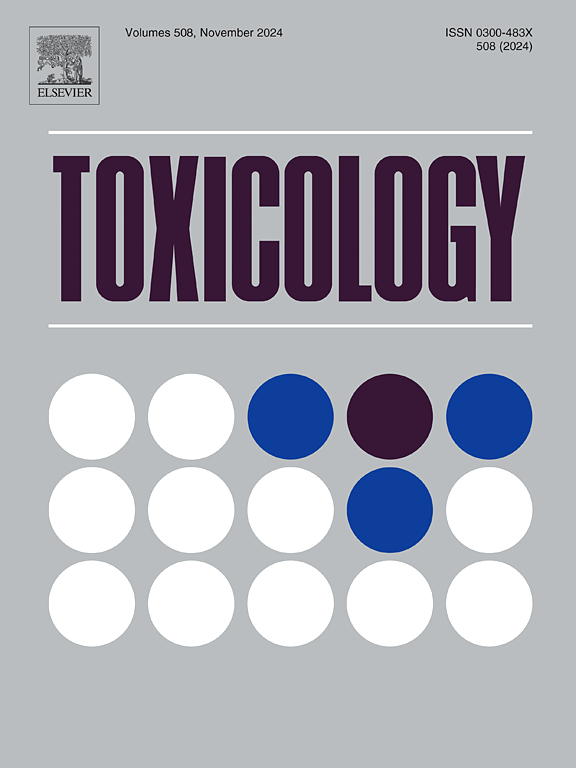对NIEHS虚拟联盟资助机制(ViCTER)的反思,以及它对跨学科科学未来的启示。
IF 4.6
3区 医学
Q1 PHARMACOLOGY & PHARMACY
引用次数: 0
摘要
在环境卫生科学中,经常鼓励跨学科合作,但很少通过资助机制专门征求。美国国家环境健康科学研究所(NIEHS)转化/跨学科环境研究虚拟联盟(ViCTER)项目促进和促进了环境健康领域基础、临床和人口研究人员之间的早期跨学科合作。ViCTER奖通常是为期三年的R01资助,包括至少一个由niehs资助的PI,并与来自不同学科或机构的合作伙伴合作。通过设计,ViCTER为科学多样化的研究团队创造了空间,包括流行病学家、临床医生、毒理学家、分子生物学家,他们通常跨越多个机构,并肩工作,而不是顺序工作,以应对复杂的环境挑战。这篇评论反映了ViCTER如何促进科学进步,改变职业,并为未来的转化环境卫生研究创造了一个模式。本文章由计算机程序翻译,如有差异,请以英文原文为准。
Reflections on the NIEHS Virtual Consortium funding mechanism (ViCTER) and what it has taught us about the future of transdisciplinary science
In environmental health science, collaboration across disciplines is often encouraged but rarely specifically solicited through funding mechanisms. The United States National Institute of Environmental Health Sciences (NIEHS) Virtual Consortium for Translational/Transdisciplinary Environmental Research (ViCTER) program fostered and promoted early-stage transdisciplinary collaborations among basic, clinical, and population-based researchers in the environmental health field. ViCTER awards are typically three-year R01 grants that include at least one NIEHS-funded PI and engage partners from distinct disciplines or institutions. By design, ViCTER created space for scientifically diverse research teams, including epidemiologists, clinicians, toxicologists, molecular biologists, often across multiple institutions, to work side-by-side, not sequentially, to address complex environmental challenges. This commentary reflects on how ViCTER catalyzed scientific advances, transformed careers, and created a model for the future of translational environmental health research.
求助全文
通过发布文献求助,成功后即可免费获取论文全文。
去求助
来源期刊

Toxicology
医学-毒理学
CiteScore
7.80
自引率
4.40%
发文量
222
审稿时长
23 days
期刊介绍:
Toxicology is an international, peer-reviewed journal that publishes only the highest quality original scientific research and critical reviews describing hypothesis-based investigations into mechanisms of toxicity associated with exposures to xenobiotic chemicals, particularly as it relates to human health. In this respect "mechanisms" is defined on both the macro (e.g. physiological, biological, kinetic, species, sex, etc.) and molecular (genomic, transcriptomic, metabolic, etc.) scale. Emphasis is placed on findings that identify novel hazards and that can be extrapolated to exposures and mechanisms that are relevant to estimating human risk. Toxicology also publishes brief communications, personal commentaries and opinion articles, as well as concise expert reviews on contemporary topics. All research and review articles published in Toxicology are subject to rigorous peer review. Authors are asked to contact the Editor-in-Chief prior to submitting review articles or commentaries for consideration for publication in Toxicology.
 求助内容:
求助内容: 应助结果提醒方式:
应助结果提醒方式:


